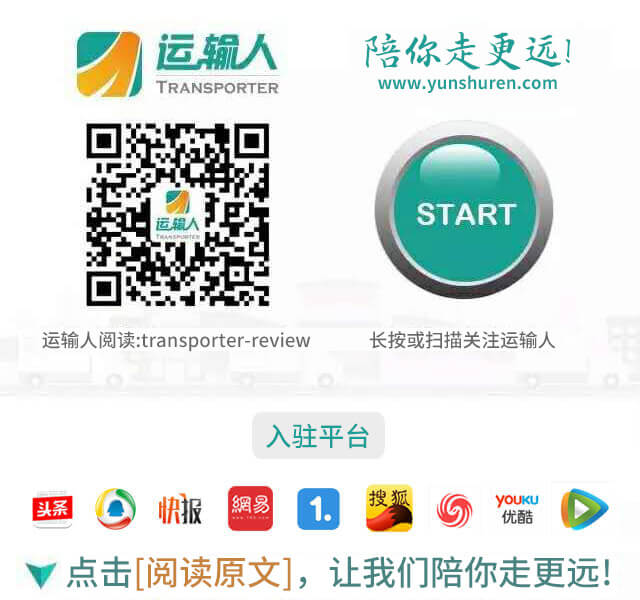A series of design changes in the next set of Port Authority bus purchases could become the prototype for the future: plastic instead of cloth seats, sapphire blue interior lights for dusk to dawn, 29-inch monitors for passenger information and advertisements, more comfy seats for drivers.
The authority board approved a change order Friday for 54 buses the agency agreed to buy in November from Gillig. The changes, some more expensive and some less, will add $1.2 million to the overall cost of the 40-foot buses, increasing the cost of the order from $26.8 million to $28 million.
The new buses are expected to begin arriving by the end of the year.

CEO Katharine Eagan Kelleman said changing from cloth to plastic seats came after a yearlong test on two buses received in last year’s order.
“We got universally positive feedback on the plastic seats,” Ms. Kelleman said.
Customers and operators liked the fact that riders can see if there are wet spots on the plastic seats and the seats can be cleaned easily. Riders sometimes get an unwelcome surprise when they sit on a wet cloth seat because the problem isn’t visible.
Authority spokesman Adam Brandolph said the plastic seats provide almost the same comfort as cloth seats because the padding is the same. Another benefit: plastic seats each cost $600 less than cloth, saving a total of $32,400 on this order.
The blue interior lights when it is dark outside received mixed reviews from drivers, Ms. Kelleman said. The agency decided to try them because some drivers say the usual white lights cause too much glare in the dark and make it difficult for them to see what is going on in the seating area behind them.
The blue lights add $750 to the cost of each bus, $40,500 overall.
The most expensive change will be the monitors, which will cost $21,112 per coach for an upgraded model. That will add $1.14 million to the cost of the order.
Other changes will include additional USB charging ports, $525 per coach ($28,350); upgraded bicycle racks, $430 per coach ($23,220); a harness to hold the reader for a mobile payment app under development, $350 ($18,900); and emergency roof decals showing the number of each bus, $125 ($6,750). The new seats for drivers will each cost $50 less, saving $2,700.
Ms. Kelleman said the changes are part of the agency’s overall goal of improving the riding experience for customers with the hope that increases ridership. That’s especially true of the USB ports.
“Our riders are already taking time away from home,” she said. “We shouldn’t we let them plug in their devices so they can do some work or something fun while they are with us?”
Mr. Brandolph said some features such as the USB ports and monitors likely will be standard in future bus orders, but others — such as the blue interior lights at night — will be reviewed regularly. The agency has about 720 buses and replaces 50 to 60 of them each year.

